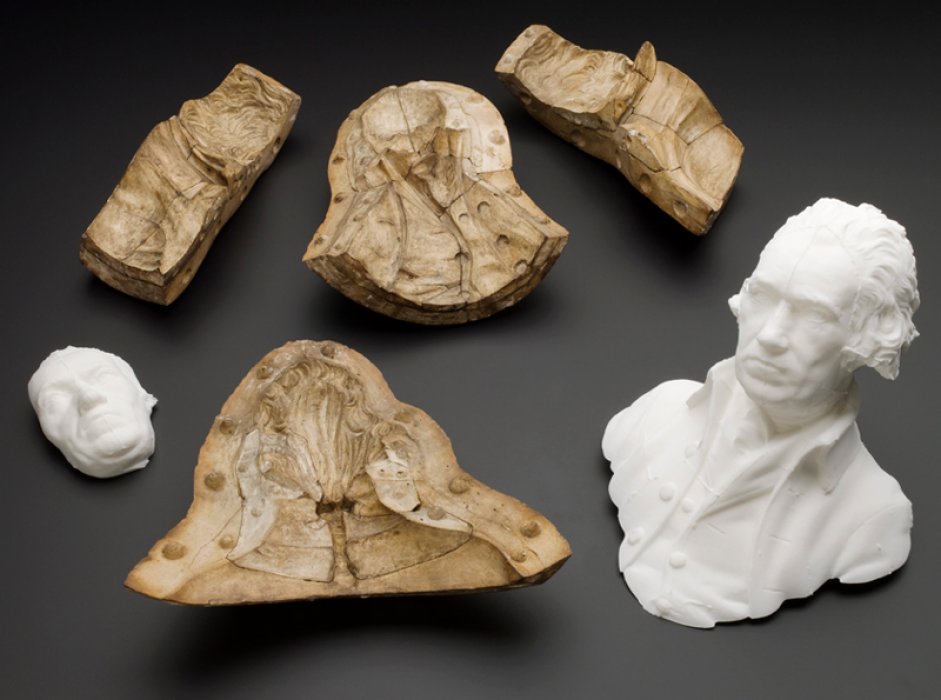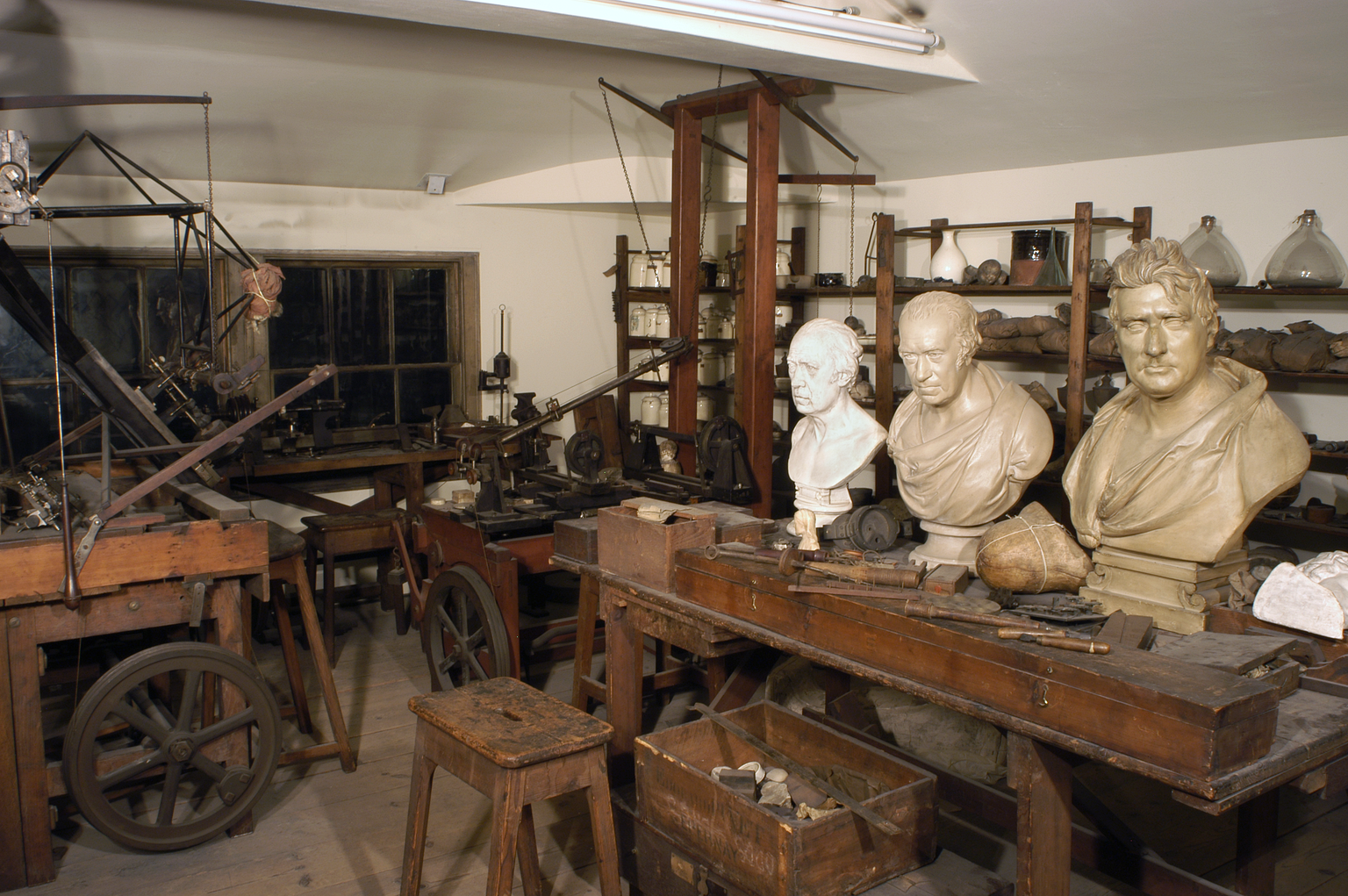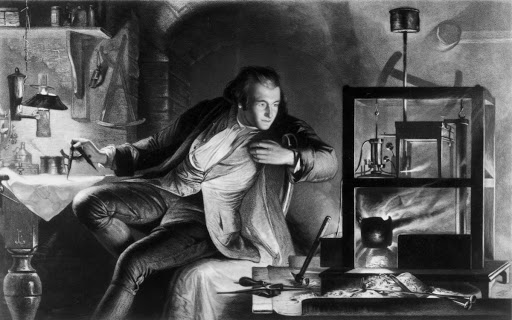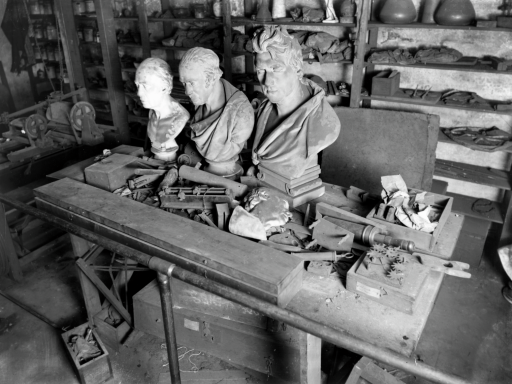Museum




James Watt's Workshop
Science Museum London
We see Watt's workshop preserved in the reconstruction of his workshop in London. We see another way of organizing inside of the logic of the museum: the internal, local logic of Watt's studio. Watt is known as the perfector of the steam engine, claimed by some as the starting point of the Anthropocene. Aldous Huxley wrote “To us, the moment 8:17 A.M. means something – something very important, if it happens to be the starting time of our daily train. To our ancestors, such an odd eccentric instant was without significance – did not even exist. In inventing the locomotive, Watt and Stephenson were part inventors of time.” These coal-burning engines are synonymous with Watt. But his contributions to the reformulation of the world through industrialization extend to other domains as well. Watt developed, for example, early mechanical reproduction technologies from portable copying machines to sculpture duplicating devices. Figures like Watt herald a shift at the end of the 18th century and the start of the 19th century from basic science to applied science, from describing the world "as it is" to bringing things into it which did not exist before and begin to change it. The figure of the natural philosopher is eclipsed by the inventor. How can we suspend the separate categories ordinarily imposed between art and science to think of technologies and inventions also as "creative responses" to the world?
︎Website